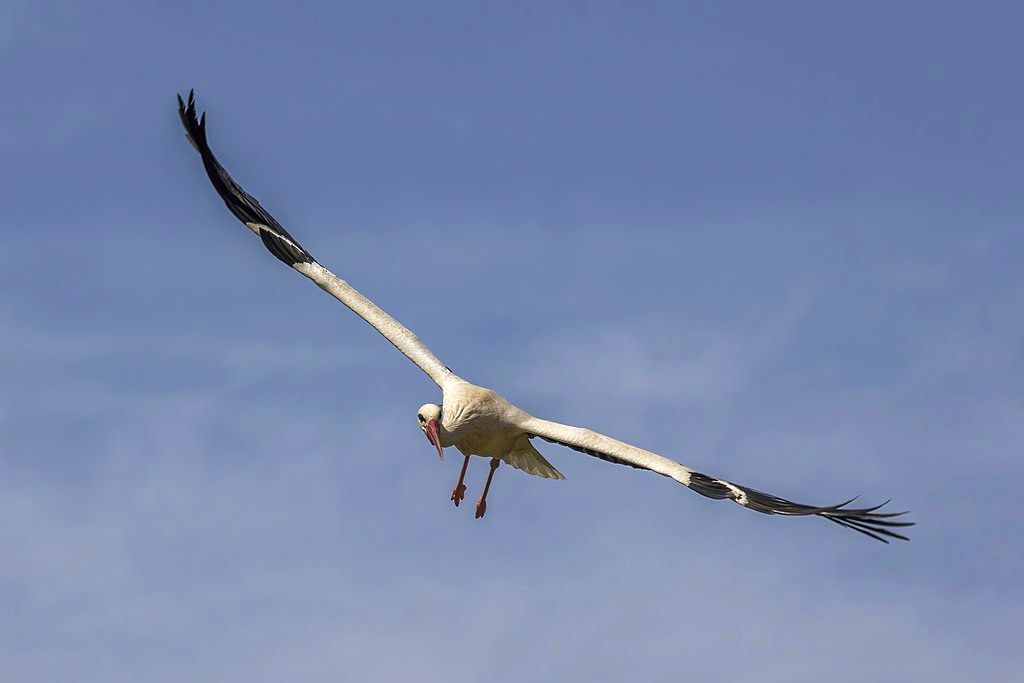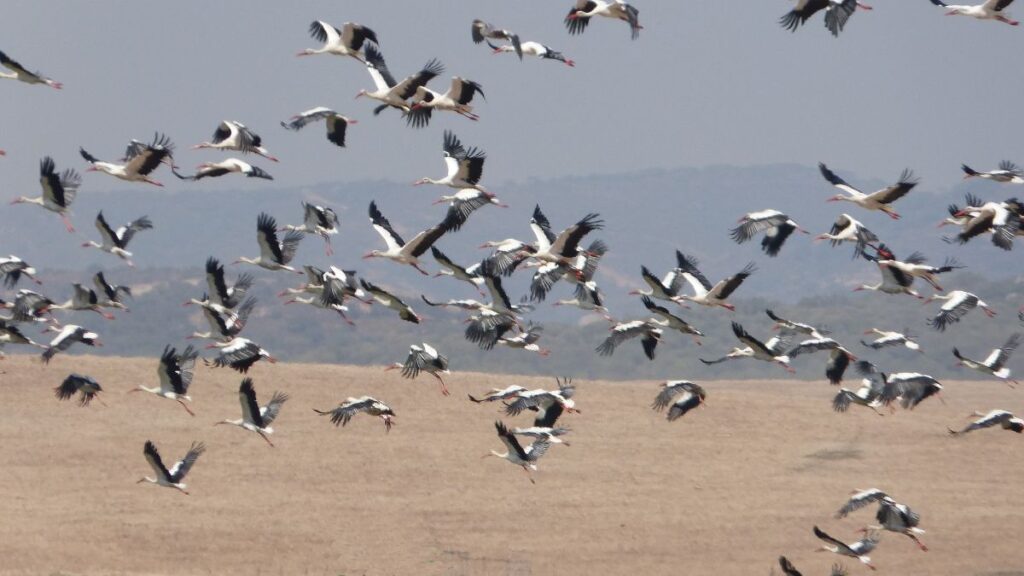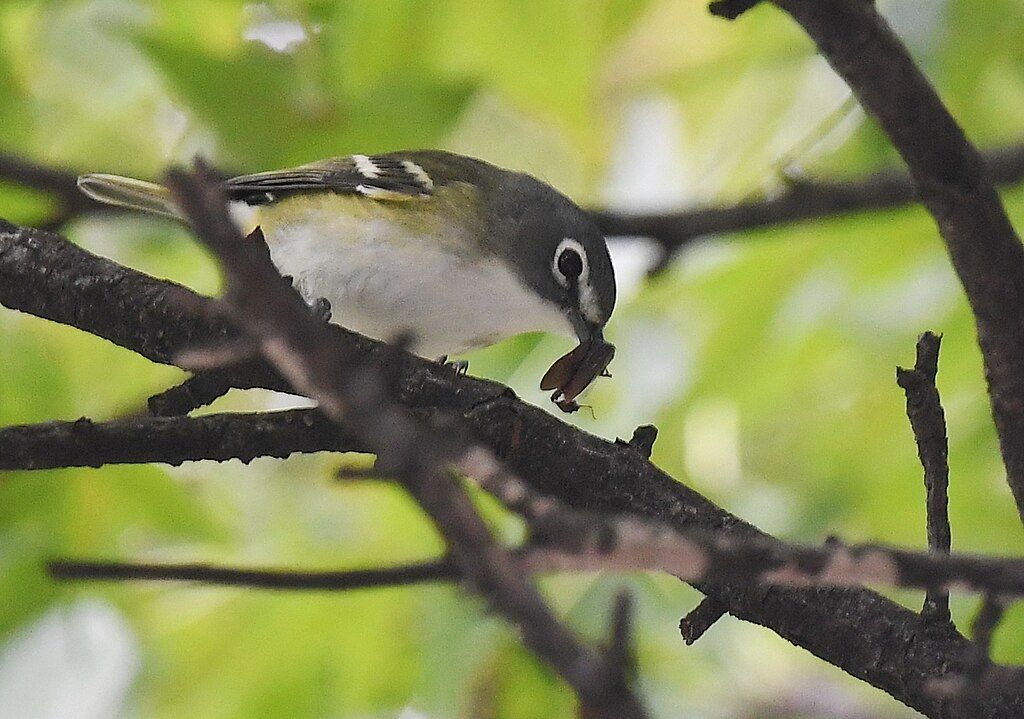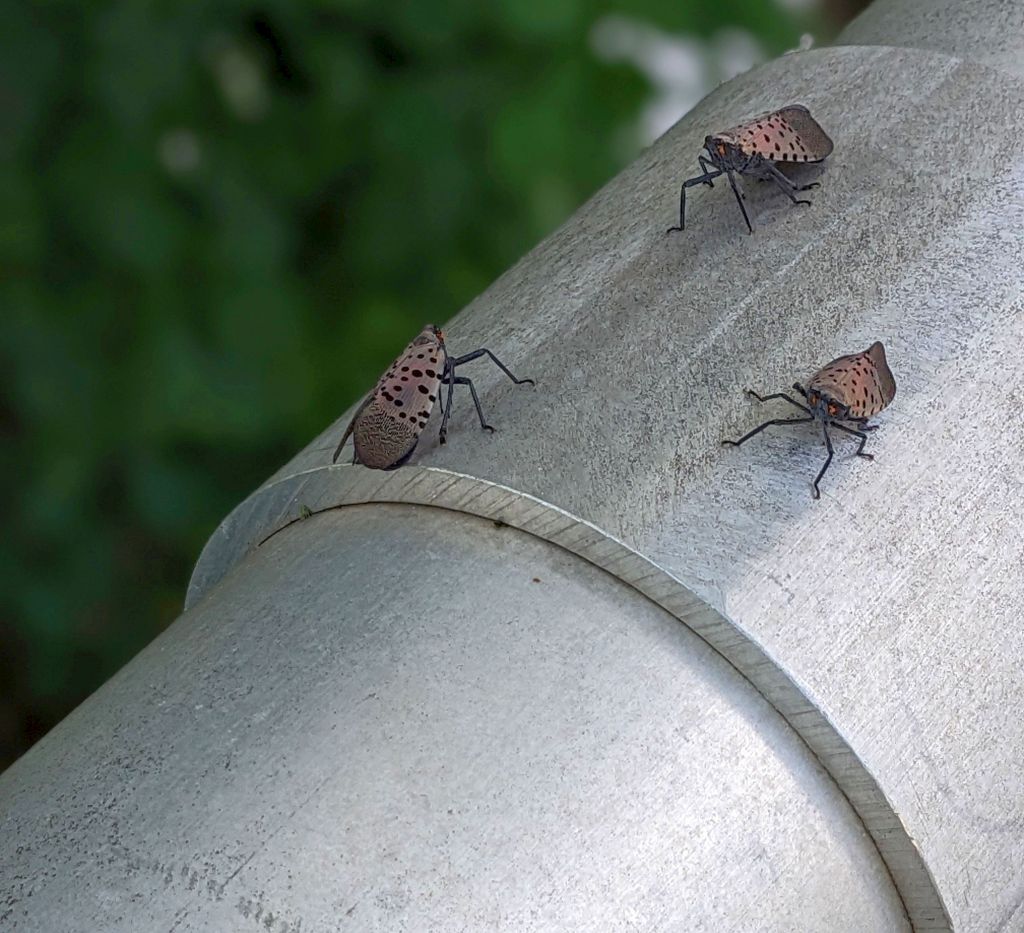
20 November 2024
The number of crows in the East End increased recently after they began roosting at Pitt again. On Saturday night I saw hundreds of crows in the trees at Carnegie Library and the Cathedral of Learning so on Monday afternoon I did a walk-about to count “crow trees” that showed evidence of roosting. (A big tree holds 250 crows.)

My tree count was way too high so on my way home I paused at Fifth and Craig to count the huge flock passing overhead on their way to Pitt. 8,000 to 8,500 crows.
On Tuesday evening I could see crows staging in the trees above Morewood Ave so I counted again. 8,000 crows. … And this is just the East End flock.
The crows may be wondering why I’m counting(*), but crows can count too though not so high. A study of carrion crows (Corvus corone), published in Science last May, showed that this Eurasian equivalent of the American crow can count up to 4 out loud, similar to human toddlers.
Three carrion crows were trained to vocalize with one, two, three, or four caws depending on the number they saw in front of them. They were also taught to tap the screen when they were done counting.
The birds boasted a 100 percent accuracy rate at counting to one, a roughly 60 percent success rate at counting to two and about a 50 percent accuracy rate for three.
Crows particularly “disliked” the number four (40 percent accuracy), sometimes refusing to caw at all when prompted and pecking at the screen to end the trial immediately, [according to] study co-author Diana Liao, an animal physiologist at the University of Tübingen.
Additionally, the crows paused before cawing correctly, showing longer reaction times before producing higher totals of vocalizations. This delay is consistent with mental planning.
— SMithsonian Magazine: Crows Can ‘Count’ Up to Four Like Human Toddlers, Study Suggests
The test reminds me of a story Chuck Tague told me many years ago. He and his wife Joan visited a bird blind to see an elusive bird that would not come out if a crow was watching. Unfortunately whenever he and Joan went to the blind a crow would follow them and wait for them to leave.
They decided to fool the crow. Both of them went into the blind but only Chuck came out. Surely the crow would leave and Joan would see that elusive bird. Nope. The crow counted two people going in and only one came out. They changed it up and Joan came out but it made no difference. The crow could certainly count two people.
Maybe I’ll have a chance to try this some day. Meanwhile, read more about the study in Audubon Magazine: Crows Can Count Aloud Much Like Toddlers, New Study Finds.
(*) p.s. I’m counting crows to get in practice for the Pittsburgh Christmas Bird Count on 28 December 2024, the Saturday after Christmas. Last year we counted 15,000!




















































